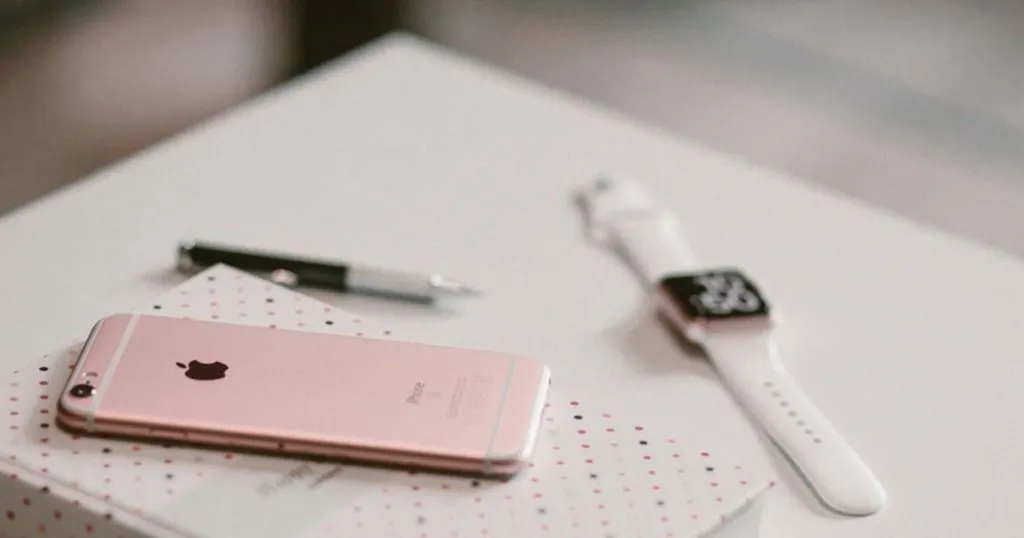The value of facial expression analysis in advertisements
José Chavaglia Neto and José António Filipe investigated the effect of one commercial on consumer emotion. They asked consumers to watch this commercial related to a specific brand.
Posted by
Published on
Mon 07 Nov. 2016

I love Apple. I am a fan. I deny being an addict, which of course makes me one.
Very few brands achieve the status of being “lifestyle brands”. According to José Chavaglia Neto and José António Filipe from Instituto Universitário de Lisboa, Portugal, whose study I discuss in this blog post, consumers’ fascination for particular brands on the market is rising considerably.
Therefore, companies are trying to consistently create a strong identification with their brand(s), what allows the company to add economic value because people will keep buying this particular brand. I bought a new iPhone, and couldn’t wait to show it to my friends and family. I did pay a lot of money for it…yet I keep buying Apple. I am truly a fan of their technology, brand, and style.
Are there other brands that you feel so strongly about?
Do Samsung and Sony also have fans? Of course, I wouldn’t know. I do know that Saab has an enormous group of fans. When a Saab is bought, the car is often as spoiled as an only child. And do you know Bose speakers? These speakers are proudly displayed in people’s homes, and people want to show them off. They also have a high price tag – saying something about what people can or cannot afford.
Convincing consumers
Many companies face a great difficulty in convincing consumers that their products and services are worthy of being purchased by them. On top of that, many have the ultimate goal of creating brand loyal fans. To study consumer behavior, many companies try to find effective neuromarketing tools with predictive value. José Chavaglia Neto and José António Filipe set out to measure value as reflected on the consumer’s face, using a tool that automatically analyzes micro expressions. Companies would love this insight into behavior - from the moment a consumer sees the first ad to the moment he unpacks the box in his home.
Role of emotions
In Neto and Filipe’s study, they investigated the effect of one commercial (Shot on iPhone-6 by Jin C.) on consumer emotion. They asked consumers to watch this commercial related to a specific brand (Apple!) while they had a camera capturing the consumers’ facial expressions. From such an analysis, companies could adjust their marketing communication strategy to take advantage of their brands competitive positioning in the market. But: does it work?
What can FaceReader tell you?
Neto and Filipe used FaceReader– software for automatic measurement of facial expressions. It automatically analyzes basic facial expressions, neutral, contempt and three affective states. It also calculates gaze direction, head orientation, and person characteristics.
Two moments of interest
The researchers concluded that FaceReader data showed two moments of interest during the fifteen second video film that stood out on the emotion curves. They found a rise in happiness when crossing the ninth second, and explain that a sudden change of pace in the music contributes to that happiness peak.
The second emotional moment occurs precisely on the 13th second of the video; to see what accounts for that emotional change, you are better served to watch the video for yourself and see if you smile - I did!
Understanding emotions in marketing
As José Chavaglia Neto and José António Filipe state, the results obtained through the use of this kind of software allows the mapping of emotions, in real time, generated by a marketing stimulus. Automated facial emotion software provides another insight into the consumer’s reaction to marketing material by focusing on one key aspect that will help create brand loyalty: emotion.
Read more about other solutions for consumer research that can help you understand behavior and develop the best products and advertisements.
Reference
Neto, J.C., Filipe, J.A. (2015). Consumers economic behavior and emotions: the case of iPhone 6 in neuromarketing. International Journal of Latest Trends in Finance and Economic Sciences, 5 (4), 1041-1047. http://ojs.excelingtech.co.uk/index.php/IJLTFES/article/viewFile/Neto/697
Related Posts

Facing the food of the future

How innovative solutions advance your behavioral research


